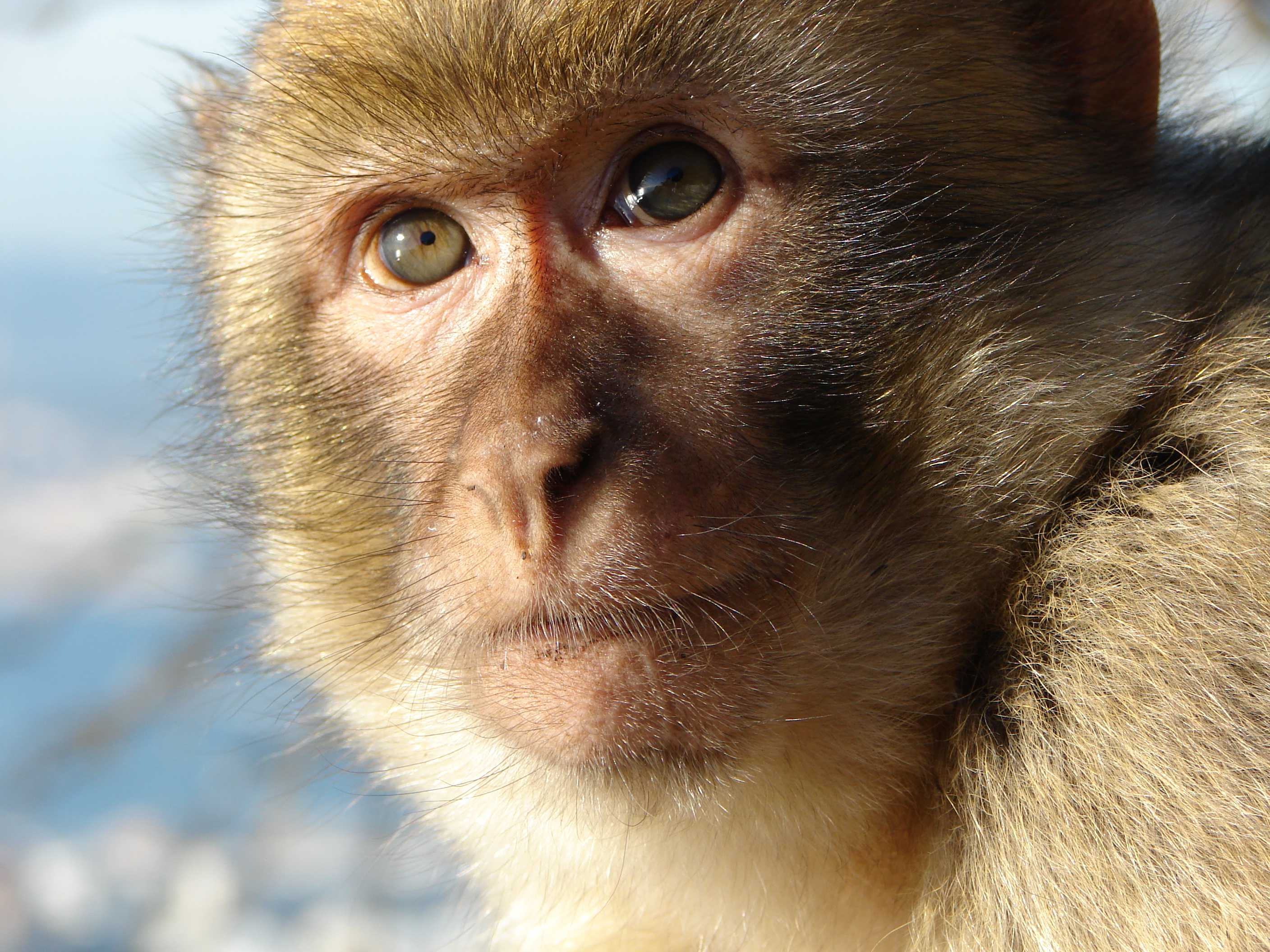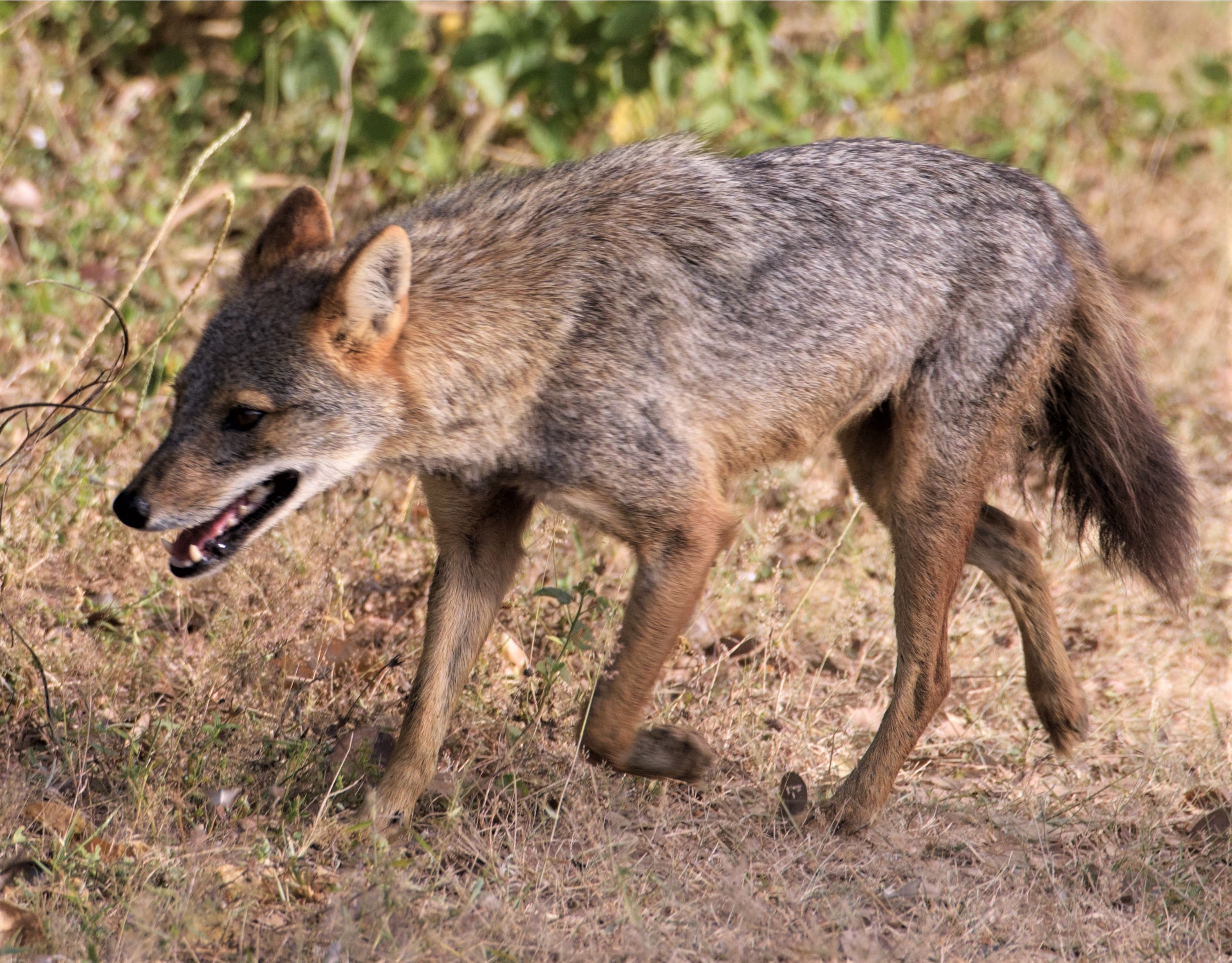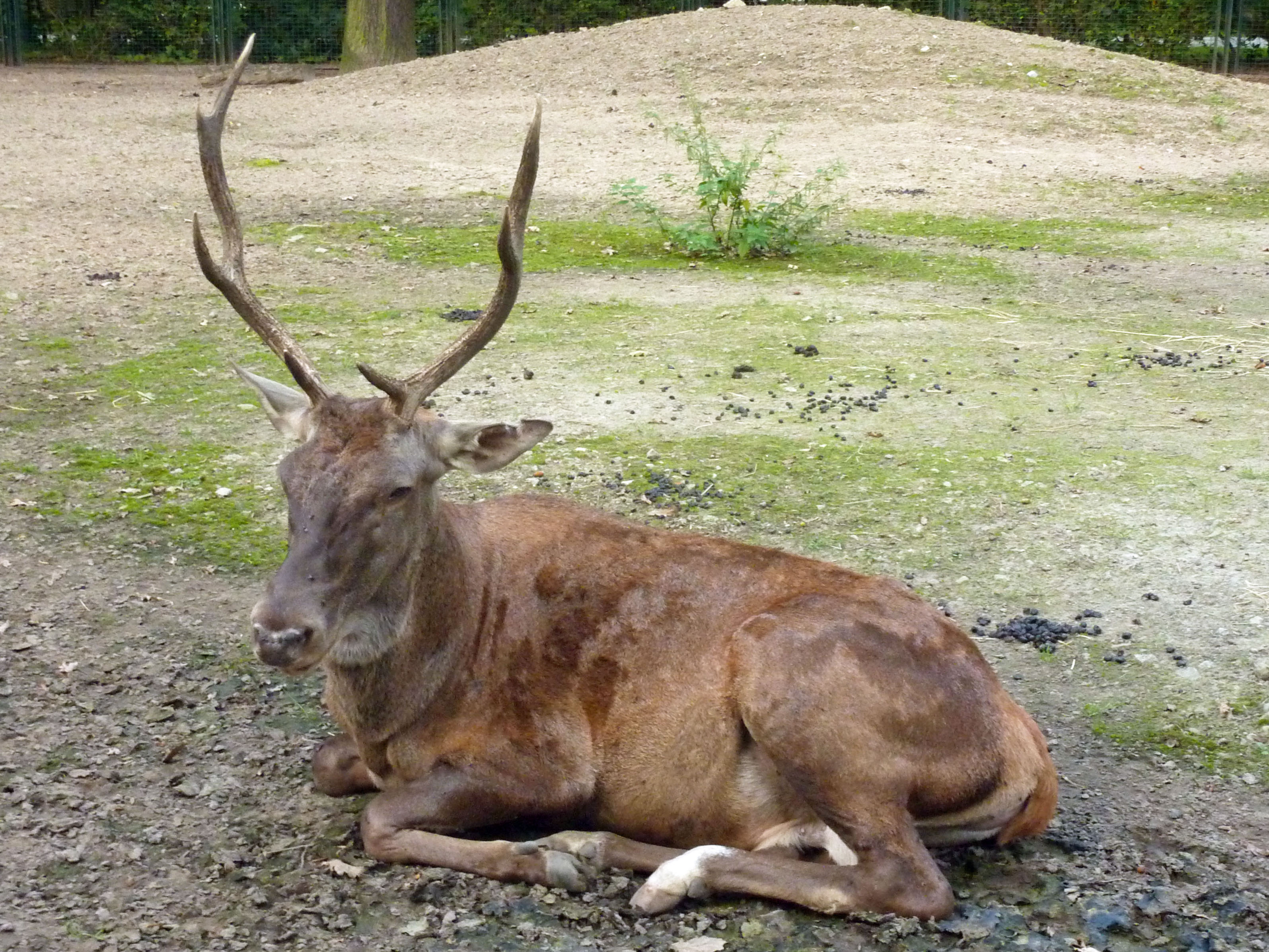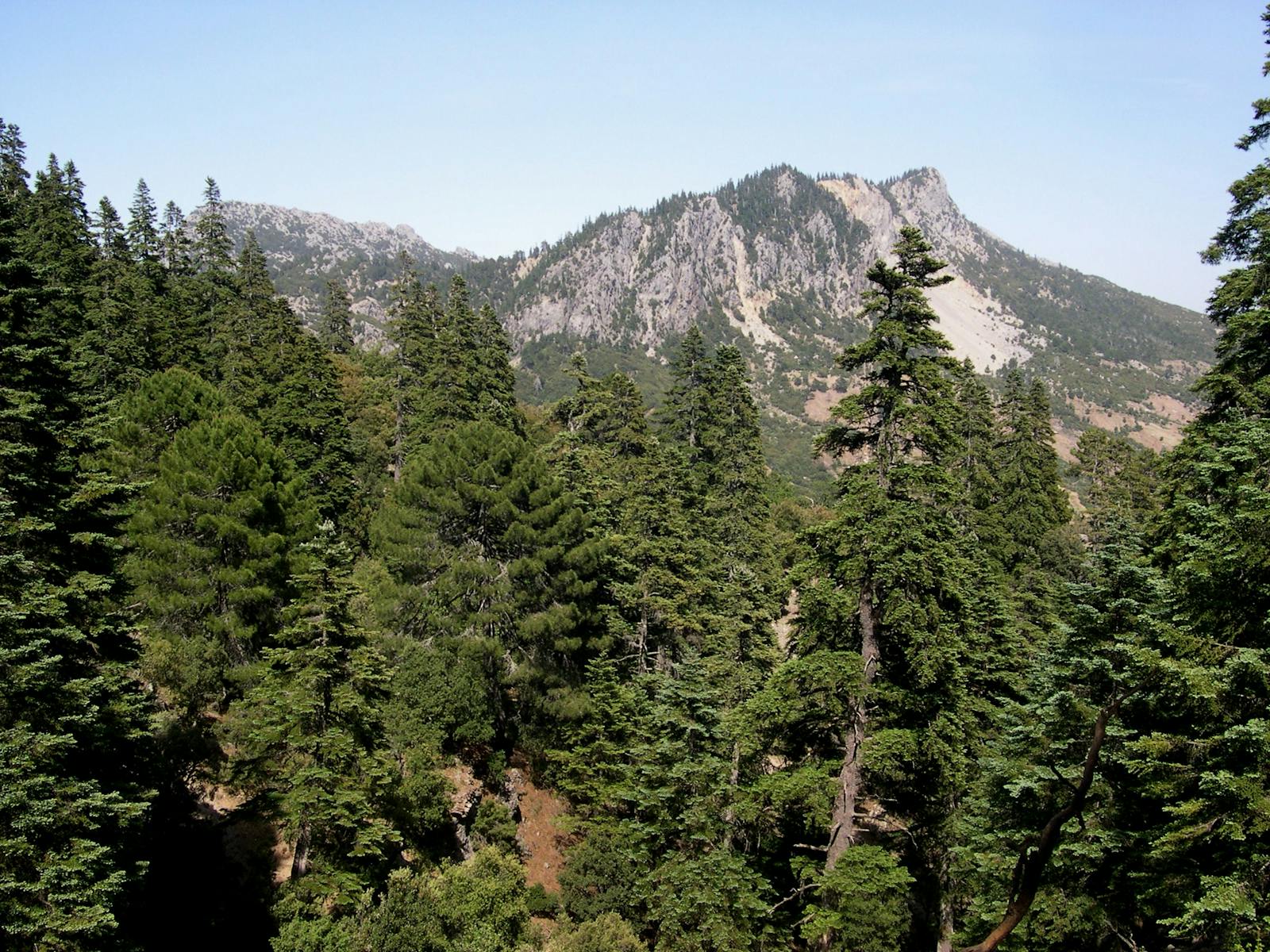Mediterranean Conifer and Mixed Forests
The ecoregion’s land area is provided in units of 1,000 hectares. The conservation target is the Global Safety Net (GSN1) area for the given ecoregion. The protection level indicates the percentage of the GSN goal that is currently protected on a scale of 0-10. N/A means data is not available at this time.
Bioregion: South Mediterranean Mixed Woodlands & Forests (PA23)
Realm: Southern Eurasia
Ecoregion Size (1000 ha):
2,315
Ecoregion ID:
701
Conservation Target:
31%
Protection Level:
7
States: Morocco, Algeria, Tunisia
Montane conifer and mixed broadleaf forests flourish on the steep and rugged mountain ranges of Morocco, Algeria, and Tunisia. These forests were the last refuge to the Atlas lion, which survived in the wild until 1930, and are the current last refuge for the only population of serval in North Africa, which has been extirpated in the Mediterranean region. Other rare and endemic mammals still present include the Barbary macaque and the last individuals of the Barbary leopard.

The flagship species of the Mediterranean Conifer and Mixed Forests ecoregion is the Barbary macaque. Image credit: Creative Commons
The ecoregion comprises relict stands of fir and pine forest in the humid, medium to high elevations of major mountain massifs in North Africa, and in the southernmost mountains of Cádiz and Málaga in Spain. The forest ecoregion can be found in Morocco on the Rif and Middle Atlas, with its highest elevation at 3,340 m on Mount Bou Naceur, in northern Algeria, on Tellien Atlas and the Saharan Atlas Mountain Ranges, and in northwestern Tunisia on the Kroumerie and Mogod Mountain Ranges. Sharp changes in microclimates occur between the northern humid slopes and the cold, dry southern slopes.
The ecoregion receives an average annual rainfall of 1,000 mm, but in certain high elevations, average annual rainfall can range between 1,600 and 2,200 mm. Snow falls frequently during winter, when average minimum temperatures drop below 0°C. Two forest zones are found: the conifer zone from 1,200 to 2,500 m and a mixed broadleaf zone, from sea-level to about 1,500 m. Above the treeline, the vegetation is placed within the Mediterranean High Atlas Juniper Steppe ecoregion.
-CC-2009.jpg)
Leopard. Image credit: Creative Commons
Flowering plant endemism is over 20% on the main mountain ranges: the Rif, the Middle Atlas, and the Tellien Atlas. The high rate of endemism is partly the result of the long isolation of Holartic taxa in the high elevations of these North African mountain ranges. There are also endemic species of oak, such as Quercus afares, in the Kabylie Mountains in Algeria and the Krumerie Mountains in Tunisia. There is a high number of threatened plants in this ecoregion, for example, Abies maroccana.

Golden jackal. Image credit: R.M.S. Ratnayake, Creative Commons
The faunal diversity is amongst the most significant of the Palearctic realm. The Quercus canariensis and Quercus suber forests of the Tellien Atlas and Kroumerie Mountains host the last existing populations of the only endemic African deer species, the Atlas deer. Other species comprise a mixture of Palaearctic and North African taxa, such as the African wild cat, red fox, golden jackal, wild boar, crested porcupine, and the Barbary macaque. Some Palearctic birds have their southernmost distribution in these forests, including the lesser and greater spotted woodpeckers. Endemic reptiles also occur, including Lataste's lizard, Koelliker's glass lizard, and mountain viper.
Pollen evidence indicates considerable clearing and widespread deforestation between the 17th and 20th century. Since then, there has been further deforestation. Protected areas include El Feija and Oued Zeen National Parks in Tunisia, Djurdjura National Park and biosphere reserve in Algeria, and Belezma, Ifrane, and Tazekka National Parks in Morocco. Other protected areas include Dj. Bent Hmed Nature Reserve in Tunisia and Jbel Bouhachem Natural Park in Morocco. Additionally, many hunting reserves have been established, including the Bou Iblane I in Morocco.

Barbary stag. Image credit: Creative Commons
Human impact has been historically extremely severe on the habitats of this ecoregion, and remains intense on the remaining forest patches. The collapse of the semi-nomadic Berber pastoral system has transformed summer camps in the high mountain grasslands into permanent human settlements. A large amount of firewood is collected, in many cases illegally. Intensive collection of cedar branches frequently kills the trees.
Furthermore, the need for livestock fodder during winter gives rise to extensive overgrazing in the forests that also causes soil degradation. Conversion to agriculture is a further important human impact in the broadleaf forest area. The threat from fire is significant, and plant regeneration is still seriously affected by continuing high pressure from domestic livestock grazing. Political instability complicates conservation activities.
The priority conservation actions for the next decade will be to: 1) Promote traditional, biodiversity-friendly land-use practices, particularly in Key Biodiversity Areas; 2) implement management approaches which aim to improve local communities’ participation in conservation; and 3) enhance the number of protected areas and upgrade protection levels, particularly in key biodiversity areas.
Citations
1. CEPF. 2017. Ecosystem Profile: Mediterranean basin biodiversity hotspot. [Online]. [Accessed 5 February 2018]. Available from: https://www.cepf.net/sites/default/files/mediterranean-basin-2017-ecosystem-profile-english_0.pdf
2. Charco J. 1999. El Bosque Mediterraneo en El Norte de Africa. Biodoversita y lucha contra la desertificacion. Madrid, Spain: Agencia espagnola de cooperatioon internacional.
3. IUCN. 2017. IUCN Mediterranean Programme 2017-2020. Malaga, Spain: IUCN Centre for Mediterranean Cooperation.




